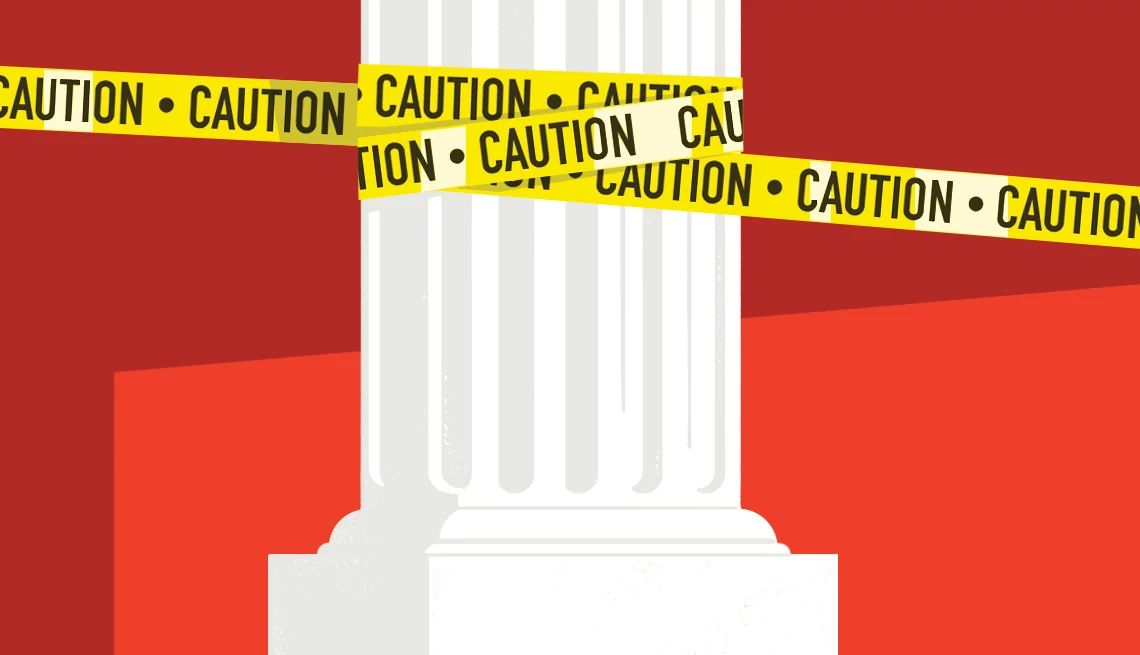AARP Hearing Center


Leslie Fumega, 79, got a call last year from someone claiming to be with the local police and the FBI. Her identity had been stolen and her accounts were in jeopardy, he told her. To protect herself, a man claiming to be an FBI agent said, she needed to pull cash from her bank in increments of $10,000 to $20,000 and mail it to a secure location.
Over the next six weeks, Fumega withdrew a total of $165,000 from different branches of her bank and mailed it to addresses supplied by the “agent.” When she finally revealed what was happening to her daughters, they convinced her that she was the victim of an elaborate scam. They were right. Her savings were gone.
In an ideal world, the bank would have had a way to flag the unusual transactions and intervene in some way — maybe even freeze them until they could confirm that Fumega’s withdrawals were for legitimate purposes. Banks, however, are generally unable to stop authorized transactions like Fumega’s without facing a potential lawsuit from the customer.
But new laws are attempting to change that. Known as “report and hold” laws, they give banks the option of holding a suspicious transaction.
Florida's new law
Such a statute will take effect in Florida on January 1. It allows a bank to temporarily delay a transaction linked to the suspected exploitation of an adult 65 or older, as well as certain other protected account holders — Floridians who “are at a statistically higher risk” of being exploited, the law says.
“We had reports of banks that were unable to stop or delay a money transfer even if they were notified by law enforcement that the money was going to a scammer, unless they got a court order — which takes time,” says Karen Murillo, advocacy manager for AARP Florida, which championed the legislation. “It includes the provision that if banks use this law in good faith, and comply with statutory requirements, they should not be civilly liable.”
To conduct a delay, a bank must notify the account holder and a listed contact of the reason for the delay, as well as conduct an internal investigation into the suspected exploitation. If the bank determines the account holder is no longer at risk of exploitation, it can lift the delay and allow the transaction to proceed. Murillo points out that the new law highlights how listing a trusted contact on your account can help protect your money.































.jpg?crop=true&anchor=13,195&q=80&color=ffffffff&u=lywnjt&w=2008&h=1154)






























More From AARP
Chip Card Scam Turns Security Feature Into Security Risk
Your bank will never ask to ‘secure your account’ by taking the protective chip on your bank cardYou Should Tap Your Credit or Debit Card Instead of Inserting It. Here's Why
8 tips to protect yourself from criminals who install card skimmers to steal users' cash
What to Do If You've Just Been Scammed
How one woman worked quickly — with help — to avoid being charged through PayPal